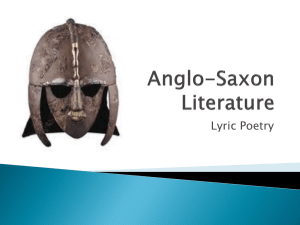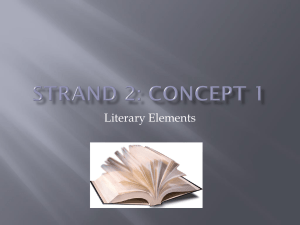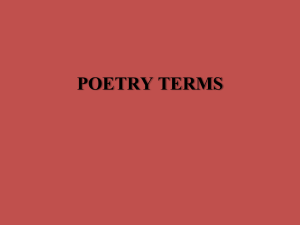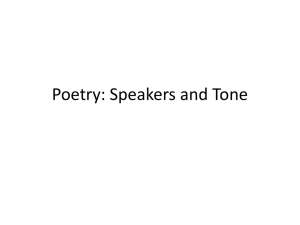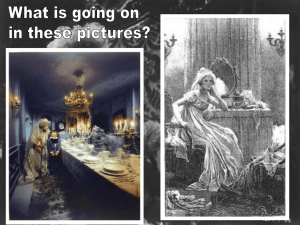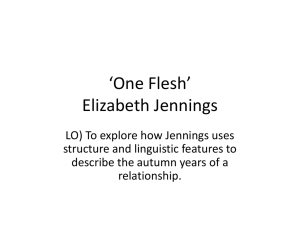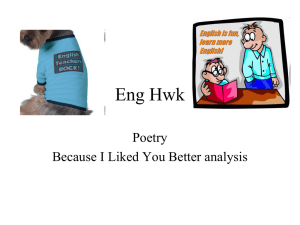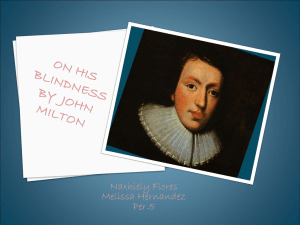Wedding Wind
advertisement
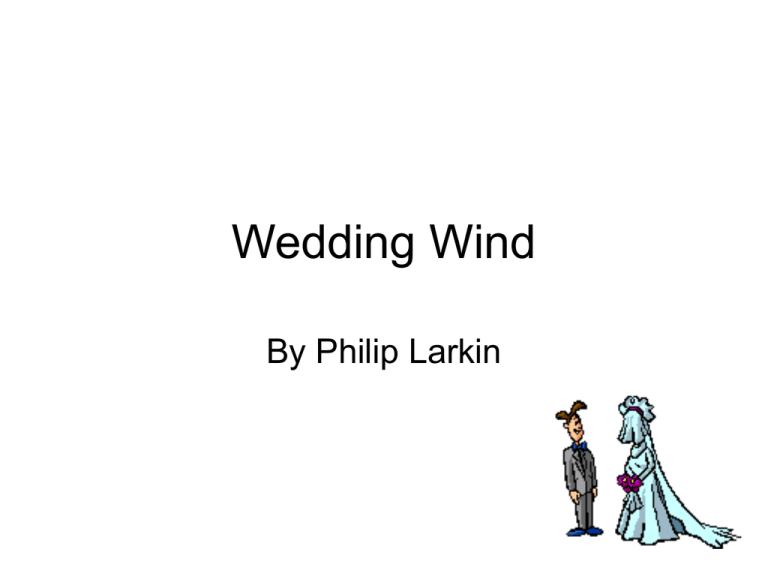
Wedding Wind By Philip Larkin Summary • This narrative poem tells us the story of a wedding day through the voice of the bride. • The first stanza tells us about the wedding night • The second stanza focuses on the first day of marriage after the wedding day • The fictional speaker is a farmer’s wife and there is now honeymoon after the wedding. • The husband is disturbed by the noise of a banging stable door and leaves her to shut it. • She sees herself in a candlestick. • She is sad that others are not as happy as she is now that she is married. Summary • The next day brings the beginning of their new life together as man and wife. • This moment is intensified by the wind. • The woman is out working in the yard. • The ordinary moment in life is practical and shabby (the chipped pail) yet she sees it as significant. • She hangs some clothes on the line and the wind thrashes. We get a sense that the wind, like her marriage, changes things. • The wind creates a great sense of excitement and she wonders if she can bear it – the happiness, the exultation is almost too great to bear. Summary • The speaker compares the joy to a ‘thread carrying beads’. (which may seek to remind us that these moments are short-lived) • The poem ends with three questions. • The first one asked if she could cope wi the happiness she has known at the start of the marriage. • The second asks if she will be allowed to sleep now that she know such joy in her wedding bed. • The third question asks if EVEN death can end this joyful new experience. Points of interest • The poem begins with the ‘my’. The speaker’s husband is referred to as ‘he’ but never by name. • In the closing the poem has moved from the ‘I’ and ‘he’ to ‘our’. Images • The poet uses images from the farm and the countryside to reflect the pleasures of marriage. • The wind blowing • The stable door banging • The rain • Seeing my face in the twisted candlestick Images • • • • The horses were restless The chipped pail Wind hunting through clouds and forests Thrashing my apron and the hanging cloths on the line. • A thread carrying beads • Kneeling as cattle by all-generous waters Themes – things to think about • • • • Marriage – the joy of marriage? Joy and happiness The frailty of joyful moments A story of an event or moment Tone…Mood • Deep joy coloured by sadness as the speaker wishes everyone as happy as she is. • A series of private, intimate thoughts • Contentment with the world and it’s surroundings • A sense of sacredness towards the end of the poem – How? • Sound and movement play an important part in this poem – disucss in groups. • Dramatic/intensity of feeling – sometimes symbolised by the wind • Excitement in anticipation • FIND THESE IN THE POEM Style • • • • • • Converstional Narrative Free verse – with some end-rhyme Line 1 iambic tetrameter This contrasts with the unusually long line 2 Repetition of ‘my’, ‘wind’ and ‘wedding’ capture the main ideas in the poem – the title • Lines 8,10 rhyme 19/21 rhyme • How many times is the word ‘wind’ in the poem? –5 In Conclusion….. • In this poem the speaker uses images of the countryside and the farm to describe the pleasures of marriage. • She appears to be trying to understand this wonderful new feeling she has • There is a sense of mystery surrounding the bond of love between her and her new husband. • We also get a sense that the physical relationship is a kind of new awakening transforming the way the speaker looks at herself and the world around her.


